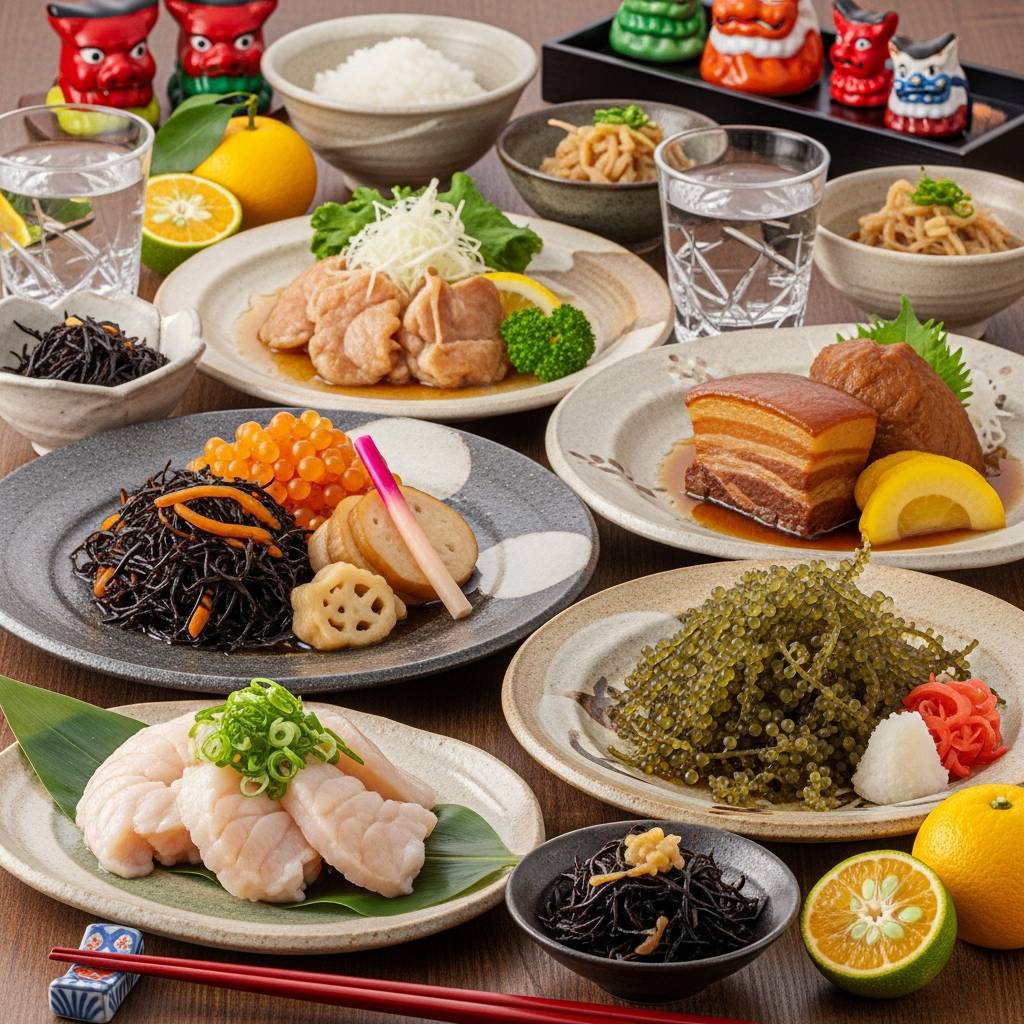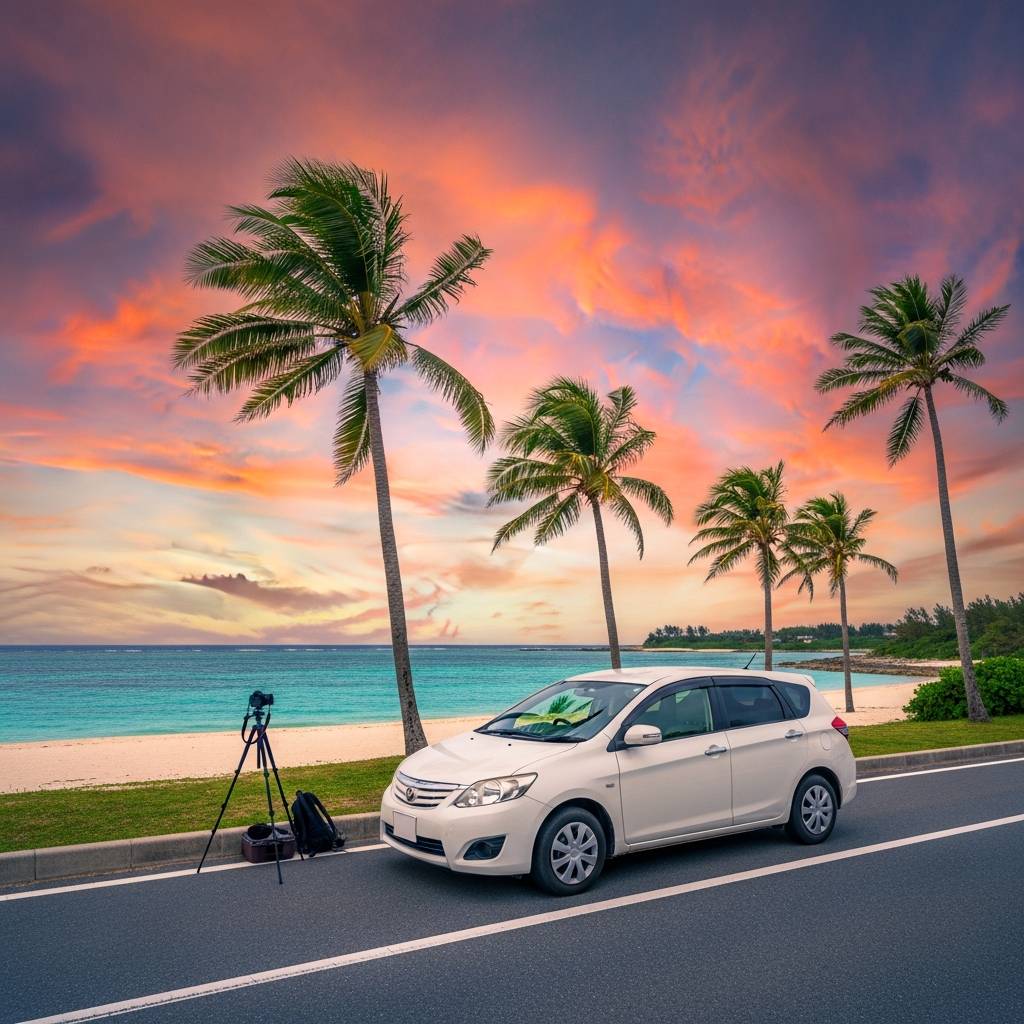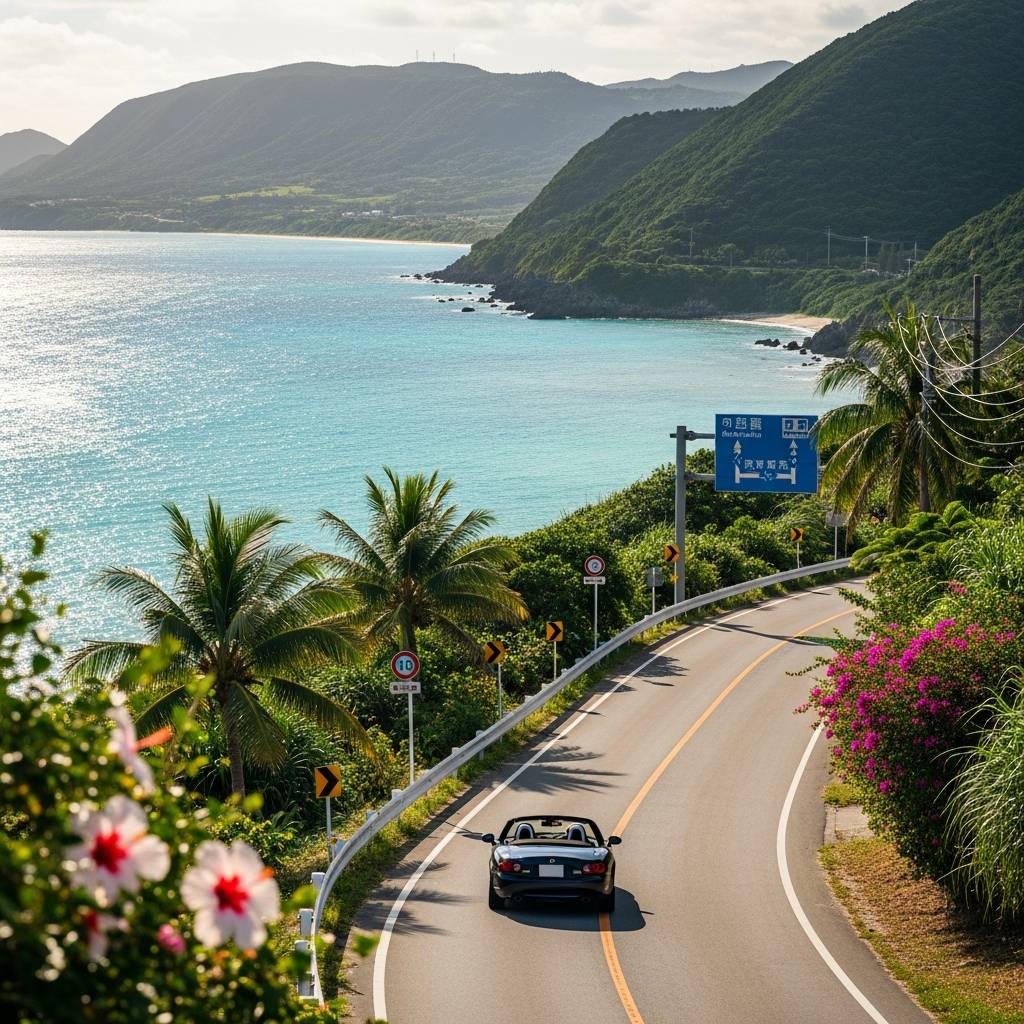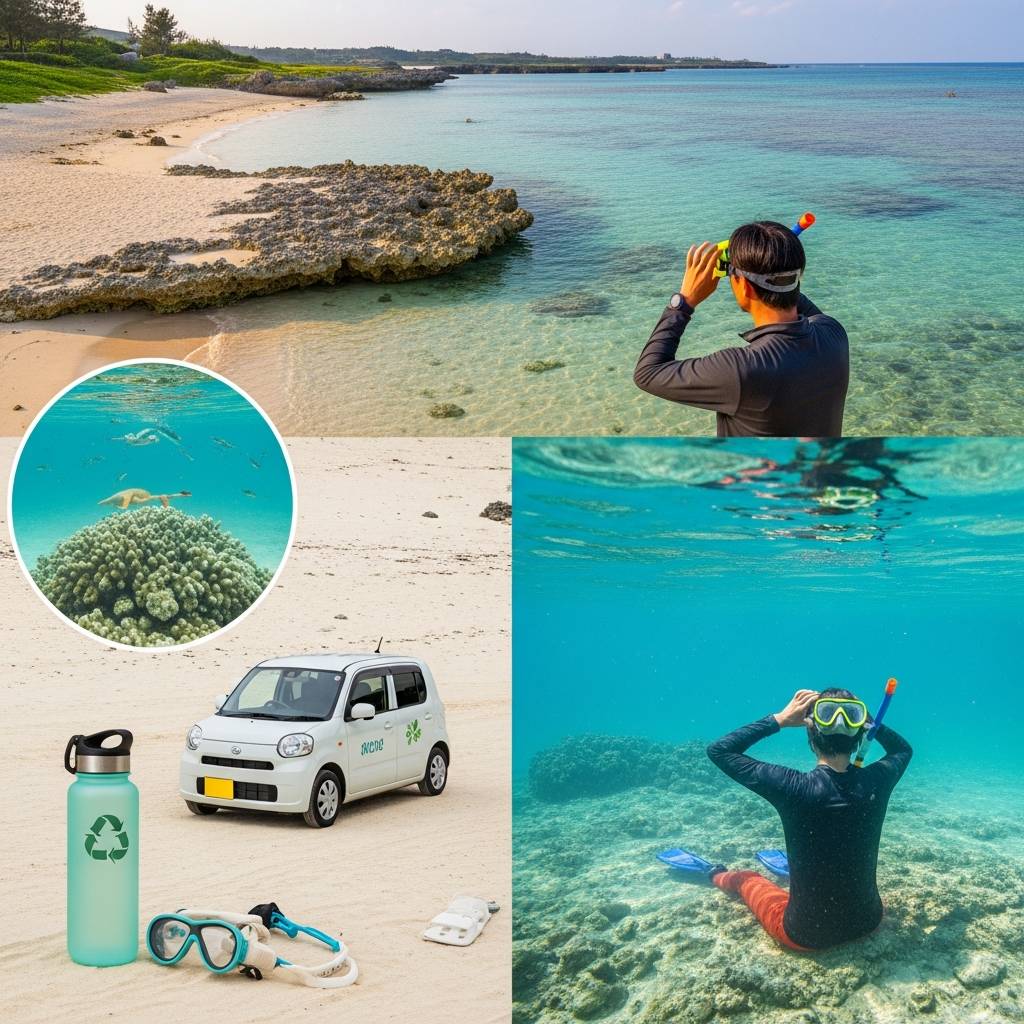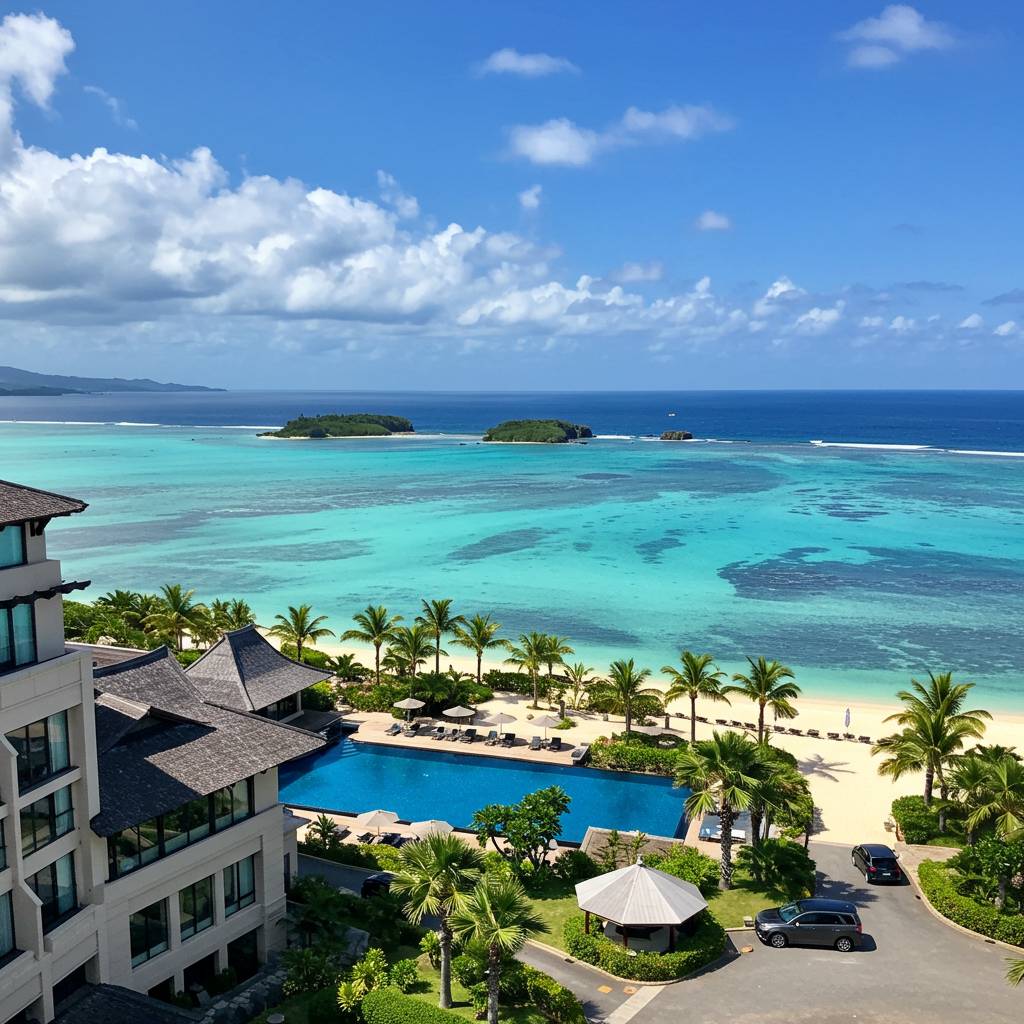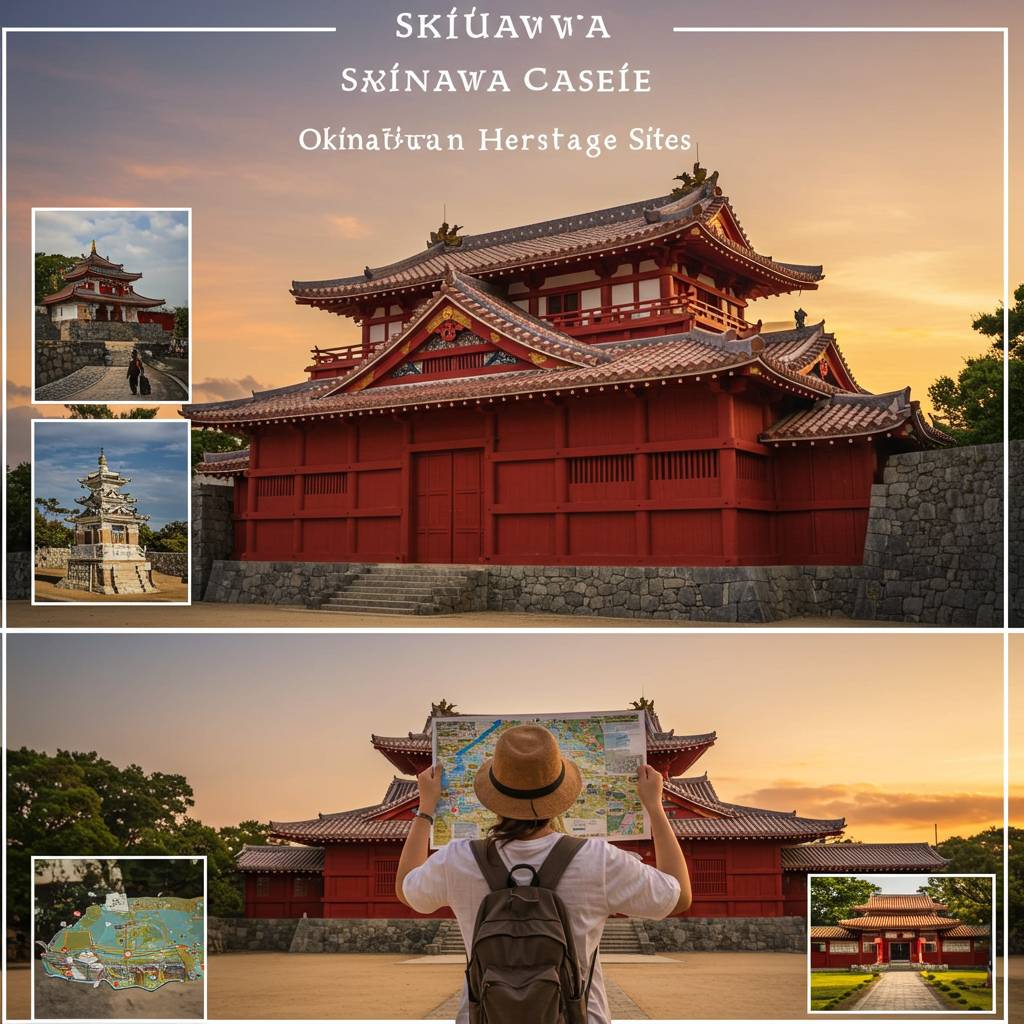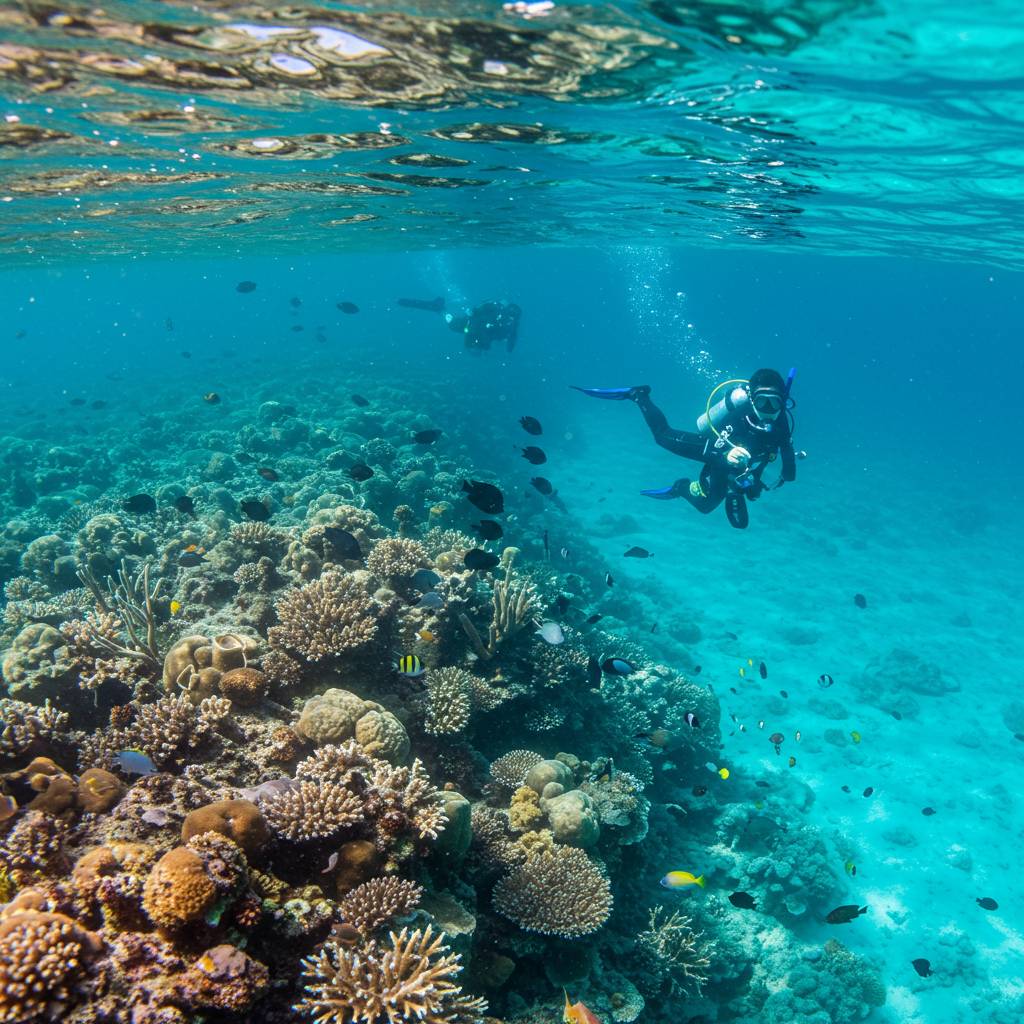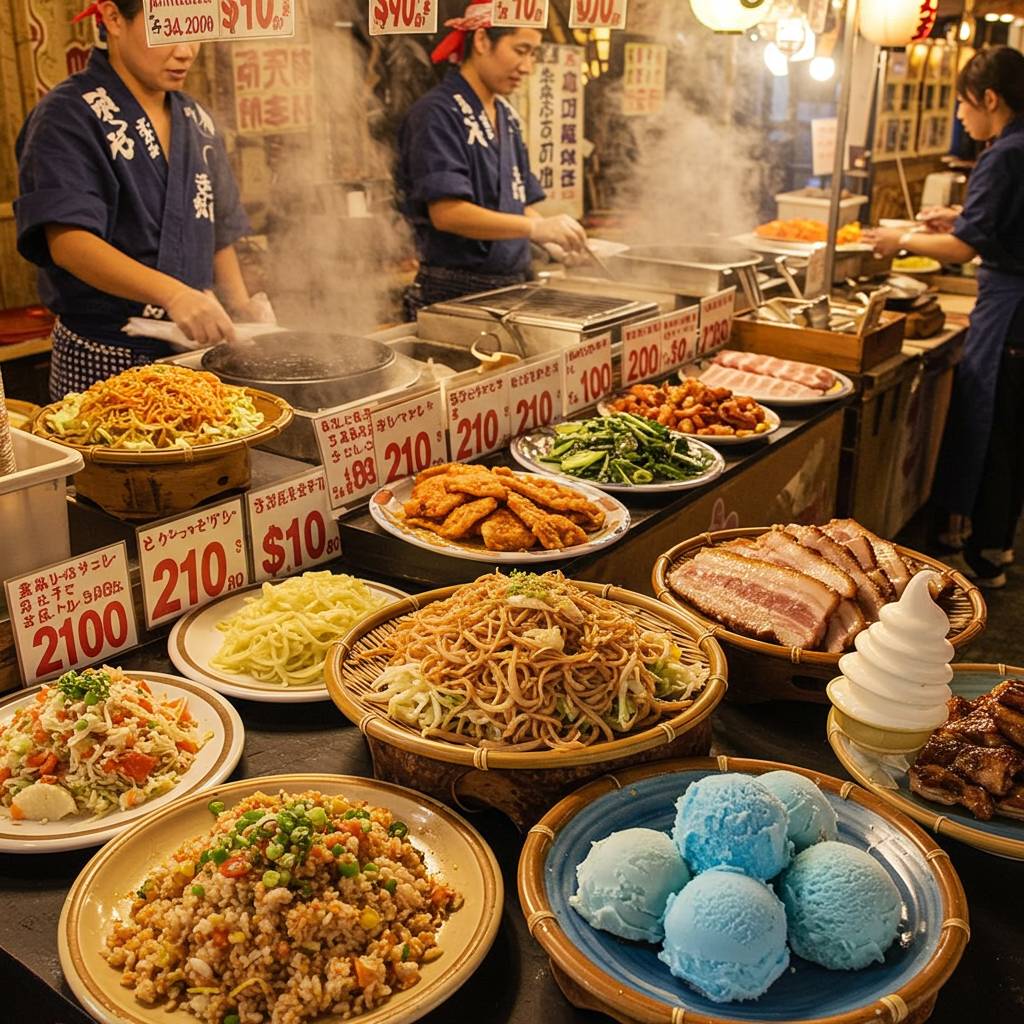When most people think of Japanese cuisine, images of perfectly crafted sushi, steaming bowls of ramen, or delicate tempura immediately come to mind. Yet, nestled in the southernmost part of Japan lies a culinary tradition so distinct and health-promoting that it deserves far more recognition on the global stage. Okinawan cuisine, with its vibrant flavors, unique ingredients, and incredible health benefits, remains surprisingly under-celebrated even within Japan itself. As a region boasting some of the world’s longest-living people, Okinawa’s food traditions offer not just extraordinary taste experiences but potentially life-extending benefits. In this comprehensive exploration, we’ll dive into the superfoods that contribute to Okinawan longevity, discover dishes that rival Japan’s more famous culinary exports, and examine the distinctive ingredients that make this island’s gastronomy truly special. Whether you’re a culinary adventurer, health enthusiast, or simply curious about Japan beyond its mainstream offerings, this journey through Okinawa’s food landscape promises to transform how you think about Japanese cuisine forever.
1. The Secret Superfoods of Okinawa: How This Island’s Diet Creates Centenarians
Deep in the azure waters of the East China Sea lies Okinawa, Japan’s southernmost prefecture and home to some of the world’s longest-living people. This is no coincidence. The Okinawan diet, rich in nutrient-dense foods and time-honored cooking techniques, has been scientifically linked to longevity and exceptional health outcomes. While mainstream Japanese cuisine enjoys global acclaim, Okinawan food remains something of a hidden treasure—yet it may hold the most valuable nutritional secrets of all.
Goya (bitter melon), the wrinkled green vegetable that serves as Okinawa’s unofficial emblem, contains compounds that help regulate blood sugar levels and possess potent anti-inflammatory properties. This bitter superfood appears in countless local dishes, most famously in goya champuru, a stir-fry that balances the vegetable’s assertive flavor with tofu, eggs, and often spam—a post-war addition that has become thoroughly integrated into modern Okinawan cooking.
Purple sweet potatoes (beni imo) serve as another cornerstone of the traditional diet. Unlike their orange counterparts, these vibrant tubers are packed with anthocyanins, powerful antioxidants that protect cells from damage and may reduce the risk of certain cancers. For centuries, Okinawans have practiced the “hara hachi bu” principle—eating until just 80% full—with these nutritional powerhouses forming the foundation of their meals rather than rice, which dominates mainland Japanese cuisine.
The Okinawan approach to protein also differs significantly from the rest of Japan. While mainland cuisine celebrates fatty tuna and marbled wagyu, traditional Okinawan meals feature modest portions of fish, primarily consumed raw as in the delicacy irabu (sea snake) or the local version of sashimi called tebichi. Pork is used efficiently in a nose-to-tail approach, with dishes like rafute (braised pork belly) served in small amounts as a flavor enhancer rather than a main component.
Perhaps most remarkable is the prevalence of konbu (seaweed) and mozuku (seaweed) in Okinawan cooking. These sea vegetables contain fucoidan, a compound studied for its potential anti-cancer, immune-boosting, and anti-aging effects. When researchers from the National Institute of Health analyzed the traditional Okinawan diet, they found it contained more than ten times the amount of these beneficial sea vegetables compared to the average Japanese diet.
The proof of this nutritional wisdom lies in the statistics: Okinawa boasts more centenarians per capita than anywhere else on earth. While modern influences have begun to erode these traditional eating patterns, particularly among younger generations, the elders who maintain these ancestral food ways continue to demonstrate remarkable health and vitality well into their ninth and tenth decades.
As global interest in functional foods and longevity-promoting diets continues to grow, Okinawan cuisine stands ready to claim its rightful position among the world’s most sophisticated culinary systems—not just for its complex flavors and cultural significance, but for its proven ability to sustain human health across an exceptionally long lifespan.
2. Beyond Sushi and Ramen: Why Okinawan Dishes Are Japan’s Hidden Gastronomic Treasure
When international visitors think of Japanese cuisine, images of meticulously crafted sushi, steaming bowls of ramen, and elegant kaiseki meals typically come to mind. However, far south of Tokyo and Kyoto lies Okinawa Prefecture, home to a culinary tradition that stands apart from mainstream Japanese cooking—yet remains criminally underrepresented on the global stage.
Okinawan cuisine developed through a unique historical trajectory, influenced by centuries of trade with China, Southeast Asia, and later, the American military presence. This convergence of cultural influences has created dishes with distinct flavor profiles that emphasize longevity and wellness—perhaps one reason why Okinawa boasts some of the world’s highest concentrations of centenarians.
Consider goya champuru, a stir-fry featuring bitter melon, tofu, eggs, and pork. The bitter gourd’s intense flavor profile offers not just distinctive taste but numerous health benefits. Unlike the delicate, subtle flavors often associated with traditional Japanese cuisine, Okinawan dishes embrace bold, sometimes pungent flavors that reflect the islands’ tropical environment and historical connections.
Rafute—pork belly simmered in awamori (Okinawan rice spirit), brown sugar, and soy sauce until meltingly tender—demonstrates the region’s mastery of slow cooking techniques. This dish reveals how Okinawans transformed humble ingredients into celebration-worthy fare, creating depth and complexity through patient cooking methods.
The islands’ surrounding waters provide abundant seafood, prepared in ways that highlight freshness without overcomplicating the natural flavors. Mozuku seaweed, served in a light vinegar dressing, offers a textural experience unlike anything in mainland Japanese cuisine, while umibudo (“sea grapes”) deliver a pop of oceanic flavor with each tiny, brine-filled vesicle.
Perhaps most distinctive is Okinawa’s approach to vegetables and plant-based foods. The subtropical climate allows for ingredients rarely seen elsewhere in Japan, from dragon fruit to papaya. Traditional preparations like jimamitofu (peanut tofu) showcase how Okinawan cooks developed innovative techniques to create satisfying dishes from local ingredients.
The reverence for longevity permeates Okinawan food culture, with many dishes incorporating ingredients believed to promote health and wellness. Purple sweet potatoes, turmeric, mugwort, and various seaweeds feature prominently, combining functional nutrition with culinary delight in ways that feel remarkably contemporary despite their ancient origins.
For culinary travelers seeking authentic experiences beyond the well-trodden paths of Tokyo’s fish markets and Kyoto’s traditional restaurants, Okinawa offers a fascinating alternative narrative of Japanese cuisine—one that tells stories of resilience, cultural exchange, and the ingenious adaptation of disparate influences into a cohesive, health-promoting culinary philosophy.
3. From Goya to Awamori: Exploring the Flavors That Make Okinawan Cuisine Japan’s Most Unique Food Heritage
Okinawan cuisine stands as a testament to the island’s complex history and cultural influences, creating a culinary landscape unlike anywhere else in Japan. While mainland Japanese cuisine often emphasizes subtlety and seasonality, Okinawan food boldly showcases powerful flavors, nutritional density, and cultural fusion that tells the story of this once-independent kingdom.
At the heart of Okinawan cuisine is goya (bitter melon), a vegetable that perfectly embodies the Okinawan approach to food as medicine. This intensely bitter gourd features prominently in goya champuru, a stir-fry typically combining the vegetable with tofu, eggs, and spam—a post-war American influence that has been fully embraced into local tradition. Regular consumption of goya is believed to contribute to the renowned longevity of Okinawans, as it’s packed with vitamins C and B, as well as minerals that help regulate blood sugar.
Equally distinctive is Okinawa’s approach to pork. The saying “in Okinawa, every part of the pig is used except for its squeal” reflects the resourcefulness embedded in the cuisine. From rafute (pork belly simmered in awamori and brown sugar) to tebichi (stewed pig’s feet), pork dishes in Okinawa are slow-cooked to tenderness and infused with island flavors like kokuto (Okinawan brown sugar) and awamori.
Speaking of awamori, this indigenous distilled spirit represents one of Okinawa’s most significant culinary contributions. Distilled from long-grain rice and aged in traditional clay pots, premium awamori from distilleries like Kamimura Shuzo and Zuisen can achieve a complexity that rivals fine whiskey or cognac. Unlike sake, awamori undergoes distillation, resulting in higher alcohol content and distinctive flavor notes that pair perfectly with the island’s robust cuisine.
The ocean’s influence on Okinawan cuisine cannot be overstated. Umibudo (sea grapes), often called “green caviar,” delivers a briny pop with each bite, while mozuku seaweed served in vinegar provides a delicate texture contrast to heartier dishes. Fresh island fish like gurukun (banner fish) is typically served as tempura or simmered in light broths that allow its delicate flavor to shine.
What truly sets Okinawan cuisine apart is its historical connections to Southeast Asia and China, evident in dishes like taco rice (a fusion of American taco fillings with Japanese rice) and chanpuru (stir-fry dishes reflecting Chinese influence). These cross-cultural elements create a cuisine that feels simultaneously familiar yet distinct from mainland Japanese traditions.
For those exploring this culinary heritage, Makishi Public Market in Naha offers an immersive experience where visitors can purchase local ingredients and have them prepared at upper-floor restaurants. Meanwhile, traditional establishments like Yunangi in Shuri showcase authentic Okinawan dishes in settings that honor the region’s royal past.
Okinawan cuisine represents more than just interesting flavors—it embodies a philosophy of balance, resourcefulness, and the powerful connection between food and longevity. In a world increasingly drawn to sustainable eating and cultural authenticity, the traditional dishes of Japan’s southernmost prefecture offer valuable lessons and incomparable taste experiences that deserve recognition alongside Japan’s more internationally celebrated culinary traditions.
For rental car reservations in Okinawa, visit “RENT A CAR HIROBA”
Make the best memories of your trip at the rental car plaza!
Click here to reserve a rental car ↓
・Cheap rental cars in Okinawa are at the lowest price starting from 1,500 yen. Rent-a-car Hiroba is recommended for reservations and comparisons.
https://rentacar-hiroba.com/

